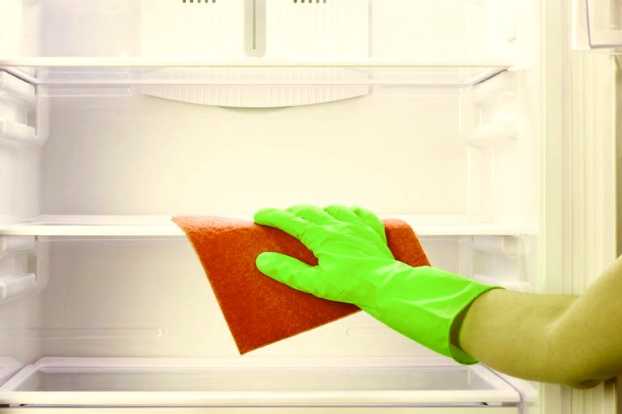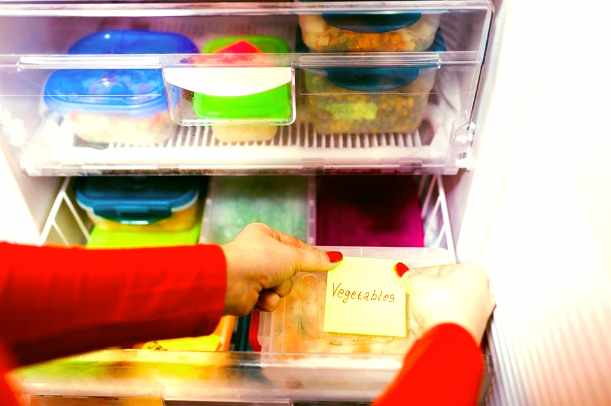Refrigerators are one of the most important appliances in a house since they store and preserve our perishable foods, such as milk, eggs, and meats. It can be easy to stock up on groceries every week without cleaning out the leftovers from the week prior.
Sometimes you might think it’s a good idea to save whatever you still have, but this can lead to food going bad if left forgotten in the back of your fridge.
That’s why it’s important to regularly clean out your fridge but also to organise your fridge to avoid food getting forgotten about behind something else and expiring, which can cause your fridge to smell bad or even grow mould and bacteria.
Here’s how to clean your fridge and organise it for the most efficient utilisation of all the goods you have stored inside.
Empty The Fridge and Freezer
The first step to commercial cleaning to your fridge is to empty the current contents. This means taking everything out of the shelves and drawers.
Take note of anything that has already been forgotten about as you empty the fridge, like forgotten apples that were in your produce drawer, or a jar of peanut butter that was pushed to the back of a shelf but is empty. Don’t forget about your freezer’s contents.
Disinfect The Interior

Disinfect the entire inside of the fridge using an antibacterial spray or antibacterial wipes. Make sure you get the inside of the drawers, and the inner door panels, and thoroughly wipe down every shelf.
If you don’t have an antibacterial cleaning option, you can use soap and hot water to clean the inside with a washrag. Dry the inside with a towel if you choose to use this method.
Check Expiration Dates On Items
Before you can start putting items back in your clean fridge, you need to determine which items are still within their expiration date, and which items such as condiments, sauces, or other long-term stables like jellies or peanut butter have surpassed their expiration date.
Also take this time to clean off any products that might have a dirty bottle or container, since you don’t want to add anything dirty back into your clean fridge. Dispose of any items you deem expired or otherwise unfit to put back into your fridge.
Sort Items By Type
Next, sort your remaining items by type. Group items that fall into the same category, such as fruits, vegetables, meats, and dairy products. You can sort items as specific as you want.
For example, you can sort your dairy products by type if you have a variety of cheese products or a variety of milk products. You can also sort products by a common factor, such as the colour or the type of vegetable.
For example, leafy greens might get sorted out from things such as potatoes, squash, or tomatoes, depending on what you have in your fridge.
Sort Items By Size or Shape
Now that you have your items categorised by type, you need to sort them by size or shape. This way, you can determine the best way to place them back into your fridge in a manner that you can see all of the items, or at least most of them, to avoid having items forgotten about.
Items that are in tall, bulky containers should go toward the back of your fridge so they avoid blocking the view of smaller containers. Small items should be placed in front of these larger, bulk items so they can be visible when looking into the fridge.
Sort Items by Frequency of Use
You also need to take into consideration the frequency that you use items. For example, a gallon of milk is a large, bulky container that might be placed on the back of a shelf, but if you use that milk multiple times a day, it can be an inconvenience to take several items out that are in the way of that milk.
So along with the item type, size and shape, you should consider the frequency that you use each item for determining the best place for it in your fridge.
Use Organisation Containers
Organisation containers can be a great asset to helping with the overall layout and organisation of the contents of your fridge. These containers come in all shapes and sizes and can be used for sorting produce or grouping multiples of the same item together.
By utilising organisational containers, you can place small containers in front of large items, then when you need to access the large item you only have to remove the container to get to it, rather than move each smaller item that is now grouped inside the container.
Use Labels for Drawers

If you have drawers in your fridge that you use for produce or meat, you can use labels that can be placed on the outside or handle of the drawer to record the date that the drawer was last filled.
This can help be a reminder that there are items in the drawer since sometimes drawers get forgotten about since the items are out of sight, out of mind, but it can also help you keep track of foods that have short expiration date periods, like meat.
Place Items Back Into Fridge
Once you have your items organised, grouped, and have used containers or labels to further sort them, you can place them back into your fridge and freezer. A place like items together, such as condiments in one section, meat in another.
Utilise the containers you have available to you, or purchase some that you think would help you organise your items better. Once you’ve placed everything back in your fridge, you may need to move them around and rearrange them a few times to get them just right.
Conclusion
A clean and organised fridge is an invaluable asset to have in your home. A clean fridge prevents the growth of harmful bacteria and mould, while an organised fridge helps you utilise your groceries and be better organised while cooking or snacking.
Fridge organisation includes a wide variety of factors, such as the size and shape of your grocery items, the frequency you use each item, and what sort of containers or labels you utilise to help with organisation.
The organisation also helps make restocking your fridge easier and more efficient, since it can be clear what items you need to buy and what items you still have to use.

